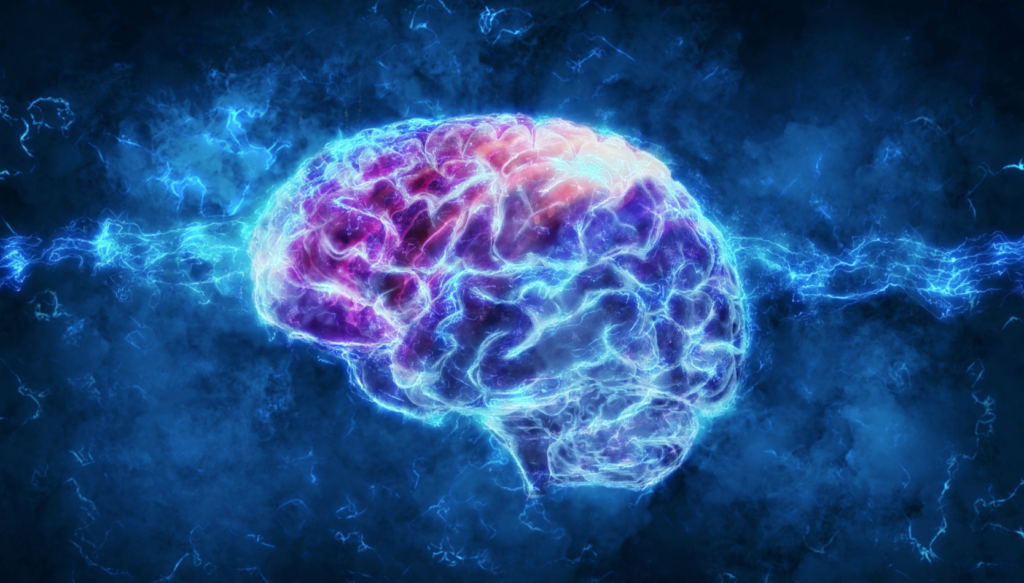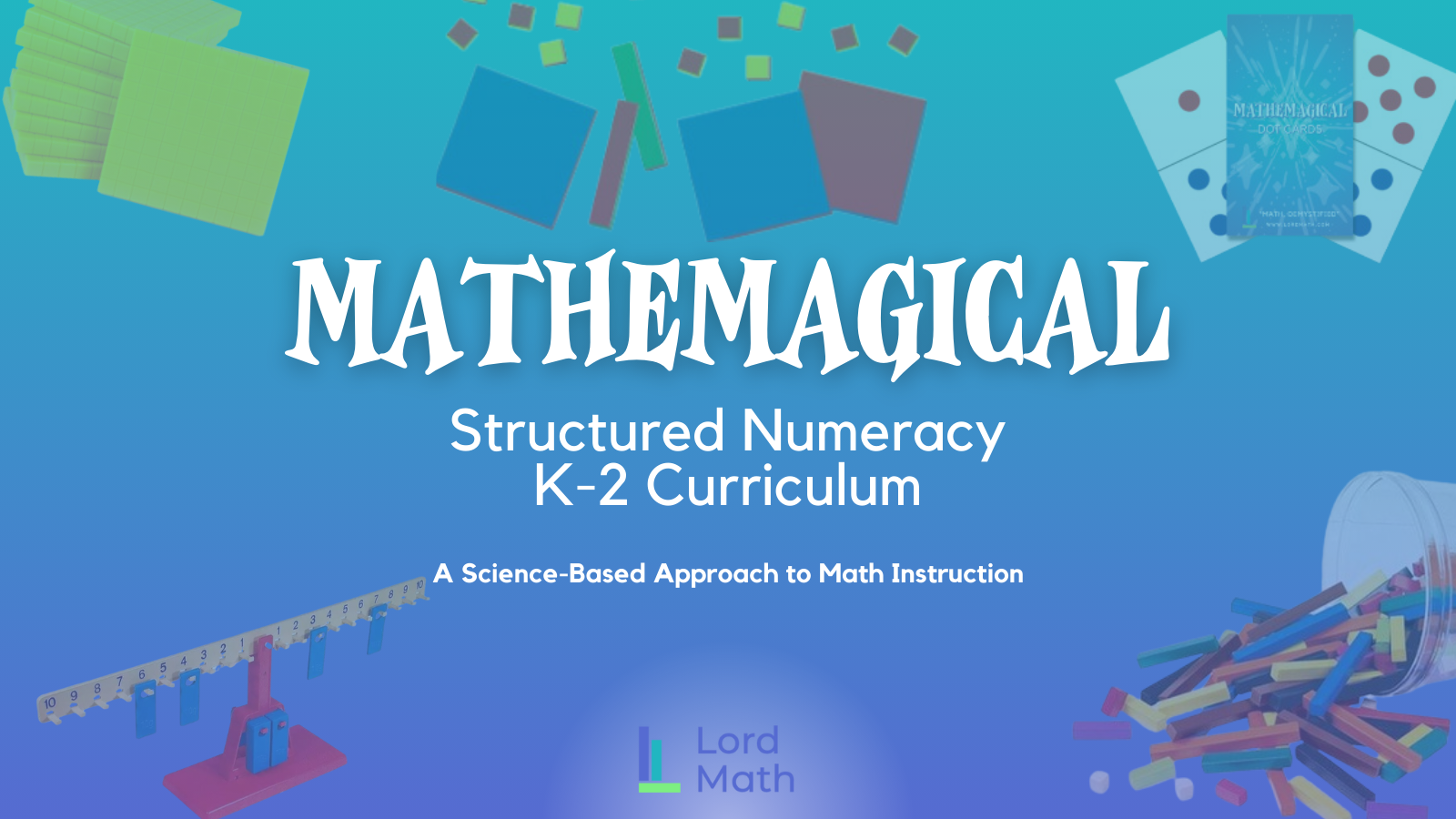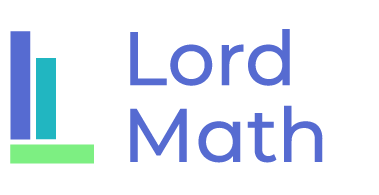
What is Teaching?
As teachers – people who have chosen teaching as our profession and life’s work – a worthwhile question to reflect on is “What is the goal of teaching?” and “What is teaching, anyway?” Lately when I provide professional development, particularly for school administrators, I start with this question, as it sets the stage for all that is to follow.
I believe the goal of teaching is to create learning in our students.
If the goal is to create learning, what then is learning?
How Learning Happens in the Brain

There is a great phrase in neuroscience, coined by psychologist Donald Hebb in 1949: “Neurons that fire together, wire together.”
If we look at neuroscience, I define learning as the development of new neural pathways. To me, this includes both the creation and then the strengthening of those new neural connections.
I am always happy (and relieved!) when the conclusions I have come to about neuroscience align with those of experts in the field.
In his brilliant book “Becoming Supernatural”, Dr. Joe Dispenza writes (p. 28),
“When your brain is in action… you are in fact turning on a specific sequence, pattern, and combination of neurological networks.
Those neural networks are simply clusters of neurons that work together as a community – just like an automatic software program or a macro – because you’ve done that particular action so many times. In other words, the neurons that fire together to accomplish the task become more wired together.
He states:
“Learning, from a neuroscientific standpoint, is when neurons in your brain assemble to form thousands of synaptic connections and those connections then assemble into complex, three-dimensional neurological networks.
Think of learning as your brain getting an upgrade. When you pay attention to knowledge or information and it makes sense to you, this interaction with the environment leaves biological impressions in your brain.
When you experience something new, your senses write the story neurologically in your brain and even more neurons come together to make even more enriched connections, upgrading your brain even further.”
He goes on to say:
“Experiences not only enhance the brain circuitry, but they also create emotions. Think of emotions as the chemical residue from past experiences – or chemical feedback. The stronger the emotional quotient from an event in your life, the more the experience leaves a lasting impression in your brain; that’s how long-term memories are formed.
So if learning means making new connections in your brain, memories are when you maintain those connections. The more you repeat a thought, choice, behavior, experience, or emotion, the more those neurons fire and wire together and the more they will sustain a long-term relationship.”
Defining Teaching: The Facilitation of Learning
If learning is the development of new neural pathways, and the goal of teaching is learning, then what is teaching?
I define teaching as the facilitation of learning – meaning any activities we facilitate that develop new neural pathways in our students.
Interestingly, there is a line of thought in some parts of the math education world that certain skills can’t be taught. I think that depends on how we define teaching, and as a teacher, I sure hope all skills can be taught!
I appreciate how Douglas H. Clements addresses this line of thinking in his fantastic article: “Subitizing: What Is It? Why Teach It?”
“Subitizing is an important mathematics skill. But can subitizing be ‘taught’? Some might argue that it cannot, but that conclusion depends on what is meant by ‘teach.’
Everybody Counts says, ‘In reality, no one can teach mathematics. Effective teachers are those who can stimulate students to learn mathematics’ (National Research Council 1989, 58). I agree only if we define teaching as mere ‘telling.’ But I define teaching more broadly. Those who stimulate students to learn – by setting up experiences, by guiding investigations, and sometimes by telling – are teaching.
Conceptual subitizing must be learned and therefore be fostered, or taught, in this broad sense.”

What Qualifies as Teaching
This definition requires we look at what activities qualify as teaching. If I talk, and my students don’t learn – as evidenced by the creation of new neural pathways – then did I teach?
If I plan amazing engaging activities, but my students don’t demonstrate learning, then did I teach?
I would say no.
I may have done a lot of beautiful and hard work, but if the students are not learning, then it wasn’t teaching.
But what if I do all of this hard work and half my students learn, but half don’t?
Then I’ve effectively taught one half but not the other.
Rethinking Math Instruction for Better Learning
My point here is not to dishearten us or criticize the hard work of teachers. Instead, it is to help us be very strategic and intentional that the work we choose to do is creating the outcomes we want. If you’re doing a whole bunch of math activities that aren’t creating much math learning in your students, then guess what? Take them off your plate! Let’s replace them with activities that are highly effective at creating math learning.
When I work with schools, there is often a sense that teachers are maxed out and we can’t put more on their plates, which I understand and empathize with.
But what I generally see is that the methods we are using for teaching math – those that exist in many of today’s math curriculum – are not particularly effective.
Interestingly, when students aren’t learning, schools often feel the pressure to do “more” – but for many students more of what’s not working will not suddenly work.
Instead of doing more, let’s do different.
Let’s do instructional methods that are highly effective at creating new neural pathways and strengthening existing ones.
Or, as I like to put it: Let’s align math instruction with neuroscience – so that EVERYONE can learn and love math.
Curious to learn more (and develop some new neural pathways!) about what effective instructional methods I recommend?
Check out these blogs and resources:
- Subitizing and Groupitizing
- My #1 Recommendation: Use Dot Cards
- My Favorite Manipulatives
- Dyscalculia
- Structured Numeracy
- Explicit vs. Inquiry-Based Instruction
- Explicit Instruction
The Mathemagical™ Structured Numeracy: K-2 Curriculum is designed to align math instruction with neuroscience, ensuring that students not only learn math but truly understand and retain it.
Introducing the Mathemagical™ Structured Numeracy Curriculum

This curriculum is built on how the brain learns best. It leverages research-backed strategies that form and strengthen neural pathways, so every student can develop math confidence and number sense with clarity and ease.
It’s not about memorization without meaning; it’s about activating the brain’s learning networks through structured, engaging, and effective instruction.
Why Mathemagical™ Works with the Brain:
🧠 Neuroscience-Backed Instruction – Teaching methods that help students form and reinforce essential neural connections.
🔍 Explicit + Exploratory Learning – Clear, direct teaching combined with hands-on experiences to deepen understanding.
🔢 Proven, Structured Strategies – Systematic, multisensory math instruction ensures all students can succeed.
The result? A brain-friendly approach to math that empowers educators and helps students build long-term math skills, confidence, and a love for learning.
Mathemagical™ creates math-confident kids:
Mathemagicians who have strong number sense, know math facts, and confidently apply numeracy in their daily lives.
